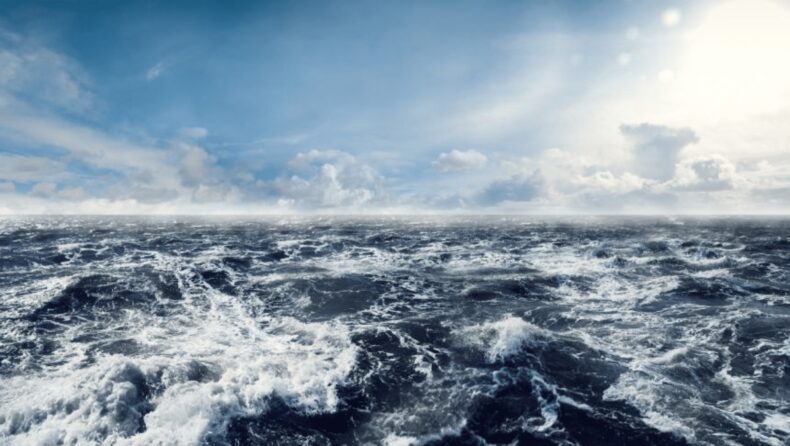More than 90% of the additional heat that has been retained by the emissions that result from the combustion of fossil fuels is absorbed by the oceans. This heat is very intense. Every second of every day, it feels like an atom bomb has been detonated underwater.
More than 90% of the additional heat that has been retained by the emissions that result from the combustion of fossil fuels is absorbed by the oceans. This heat is very intense. Every second of every day, it feels like an atom bomb has been detonated underwater.
Not all ocean regions are seeing the same rate of warming. We are aware that the heat is concentrated in the swift, confined currents that channel warm water from the tropics down towards the poles along the eastern coastlines of the world’s continents.
These currents, often referred to as the western boundary currents, are causing ocean warming hotspots in the Southern Hemisphere by warming more quickly at their southernmost points than the world average.
We haven’t known the exact reason up until now. The Southern Hemisphere, which contains more than 80 percent ocean compared to just 60 percent for the Northern Hemisphere, is where these western boundary currents are particularly significant.
Strong easterly winds in the mid-latitudes are flowing south, pushing the western boundary currents further south and causing the ocean to warm more quickly in these regions, as discovered by our recent research.
These warm water currents resemble the swiftly moving rivers of the sea. They travel by densely populated coastlines in South Africa, Australia, and Brazil, where hundreds of millions of people dwell, as they swiftly move in a small strip along the western side of the world’s largest ocean basins.
Local climates are frequently regulated by these currents. Consider the most well-known of these currents, the Gulf Stream in the Northern Hemisphere, which has helped keep Europe substantially warmer than it otherwise would be given its latitude for millennia.
The Agulhas Current in the Indian Ocean, the East Australian Current in the Pacific Ocean, and the Brazil Current in the Atlantic Ocean are the three main sub-tropical western boundary currents in the Southern Hemisphere.
These currents have accelerated ocean warming in recent decades by transporting ever-increasing volumes of heat south. The Brazil Current is migrating south at a rate of around 46 kilometers per decade, whereas the East Australian Current is moving south at a rate of about 33 kilometers per decade since 1993.
As the currents move, they release heat and moisture into the atmosphere. The heat they carry displaces the colder ocean and quickly heats it where they are the furthest south. Two to three times quicker than the average worldwide rate, some oceanic regions are warming.
Ocean eddies, which are huge revolving water spirals that diverge from the main current as the currents carry more heat energy, are produced more frequently as a result.
Small eddies constantly arise and disappear if you pay close attention to how a fast-moving stream flow. Why are these eddies significant? Since these are how heat really enters the cold oceans.
The eddies operate as path-breakers, diverting heat further south and finally into the deep ocean as they speed up and become heavier with heat.
Because they are in charge of up to 50% of all heat transport to the deep, NASA will shortly launch a new satellite to track these eddies.
To investigate eddies beneath the path of this new satellite, our team has scheduled a study cruise onboard Australia’s research vessel, RV Investigator, for September of the following year.
Currently, in what is called as the mode’s positive phase, this belt of strong westerly winds has gotten stronger and is moving southward. This climate trend has favoured this positive phase more and more since 1940, which tends to bring drier conditions to Australia.
We discovered that the tropical trade winds have also been shifting 18 km poleward every decade since 1993 when we examined variations in those winds over the previous three decades.
What does this mean, then? The Southern Annual Mode is rising as the trade winds have been pushed further south. The western boundary currents are pushed further south as they travel south.













